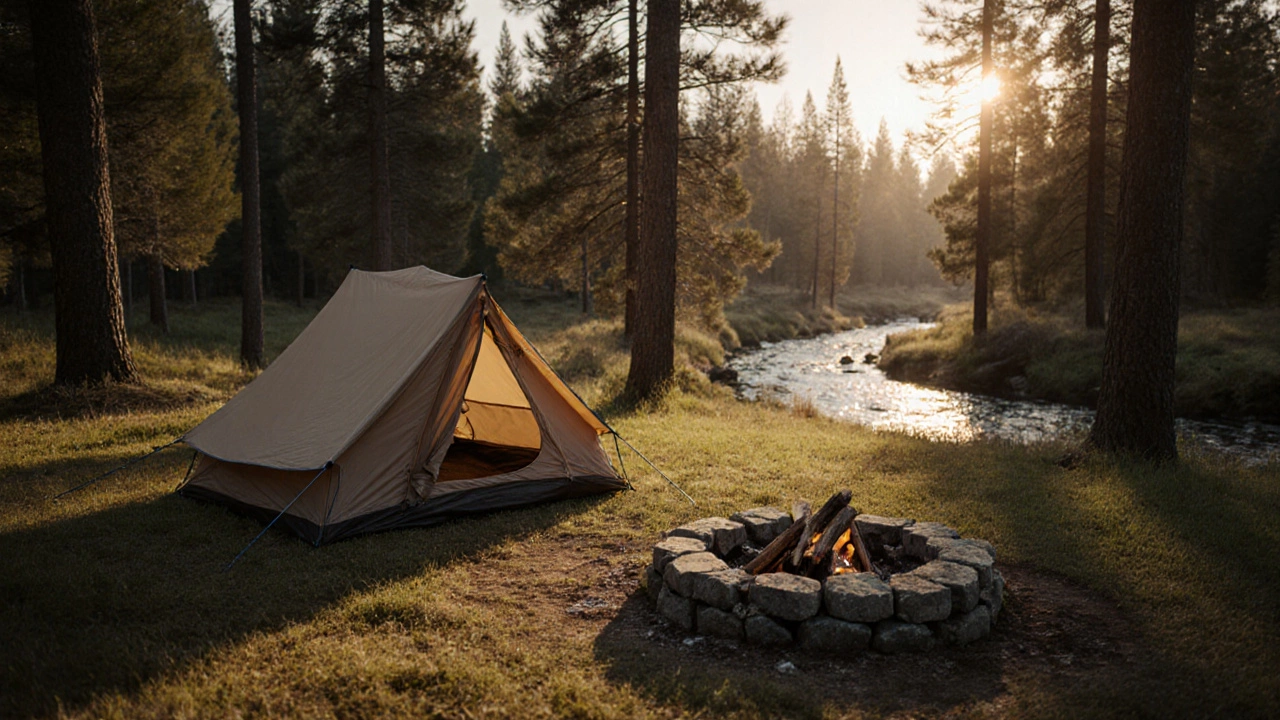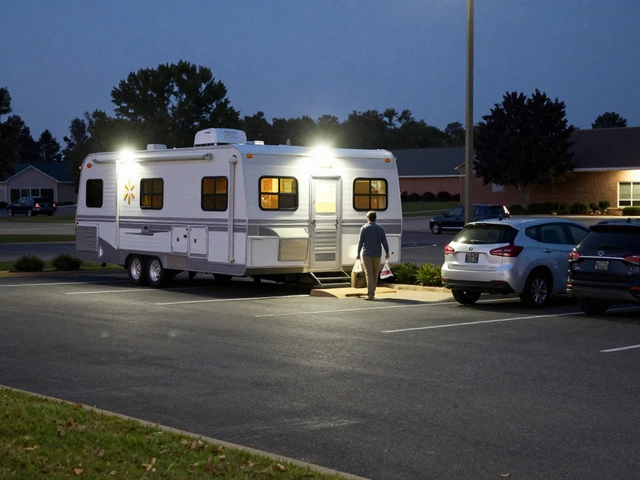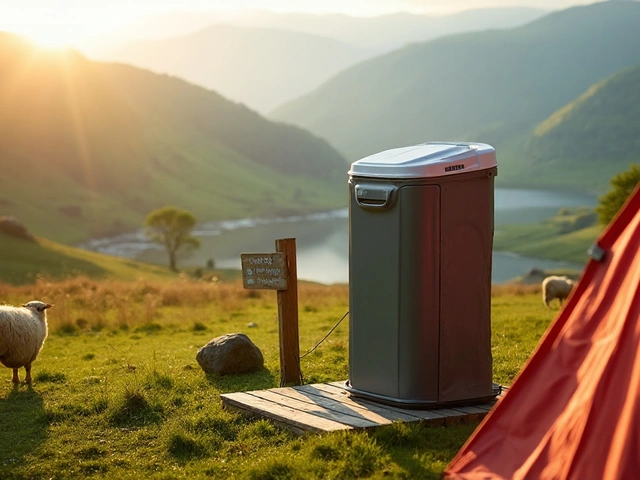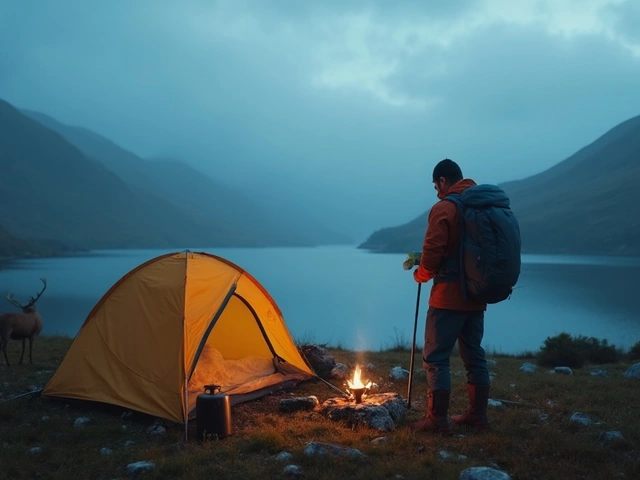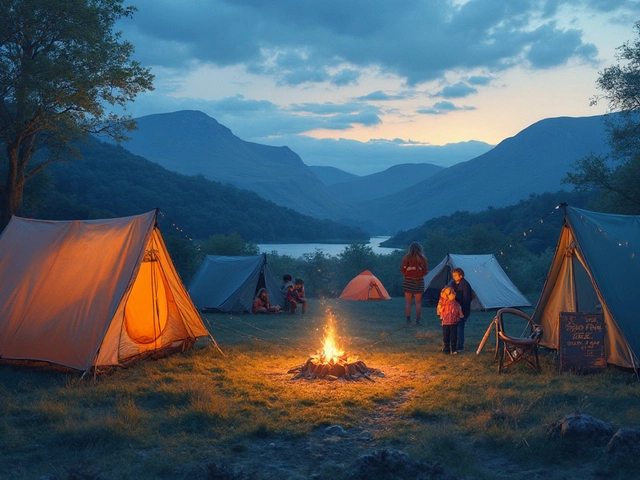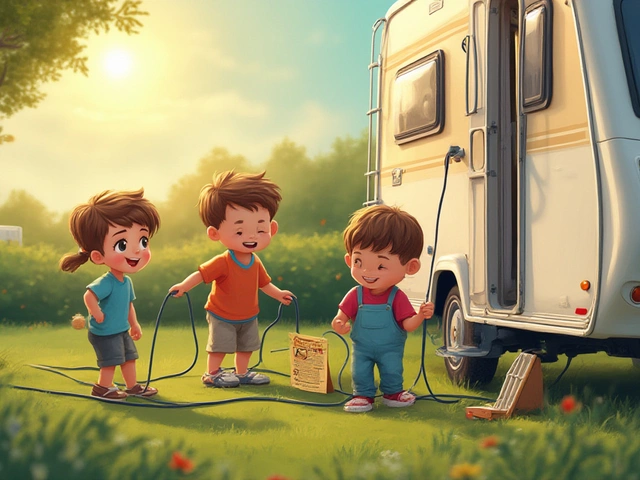Primitive Camping Gear Checklist Calculator
This tool helps you assess your gear readiness for primitive camping. Primitive sites offer minimal amenities, so having the right gear is critical for a safe and enjoyable experience. Based on the article's recommendations, check off what you have and see if you're ready for the wilderness.
Essential Primitive Camping Gear
Your Gear Readiness
Ever set up your tent next to a lone fire ring and wondered what "primitive" actually means? You’re not alone. The term pops up on reservation sites, trail maps, and outdoor forums, but many campers still can’t tell if it’s a cool adventure or a recipe for disaster. This guide breaks down the meaning of primitive in the camping world, shows what you’ll find (or won’t find) at a primitive site, and gives practical tips so you can enjoy the experience without surprise setbacks.
What Is a Primitive Campsite?
Primitive campsite is a type of campsite that provides minimal or no built‑in facilities, such as running water, electricity, or restroom structures. In other words, it’s the camping equivalent of “survival mode” - you bring almost everything you need, and the land supplies only the basics: a flat spot, perhaps a fire ring, and the surrounding nature.
In many parks, primitive sites are also labeled "first‑come, first‑served" or "backcountry" because they lack the infrastructure that supports large crowds. The idea is to preserve the natural setting while still offering a legal spot to pitch a tent.
How Camping Sites Are Classified
Before you dive into a primitive experience, it helps to understand the three main campsite categories you’ll encounter on reservation platforms:
- Developed sites - Full hookups, flush toilets, shower houses, and often electrical outlets.
- Semi‑primitive sites - May have a pit toilet, a water spigot, or a communal grill, but no power.
- Primitive sites - No utilities, no structures, just the land.
Knowing where a site falls on this spectrum sets realistic expectations and helps you pack the right gear.
What You’ll Actually Find at a Primitive Site
Because primitive sites are stripped down to the essentials, you can generally count on the following:
- Flat ground - A level area suitable for a tent or a tarp shelter.
- Fire ring or fire pit - A cleared stone circle for campfires, where permitted.
- Natural water source - Often a creek or lake within a short walk; you’ll need to treat it.
- Leave No Trace signage - Guidelines reminding you to pack out trash and minimize impact.
Anything beyond that (toilets, showers, electricity) is usually absent. Some parks may provide a composting toilet a few meters away, but most primitive spots leave you entirely on your own.
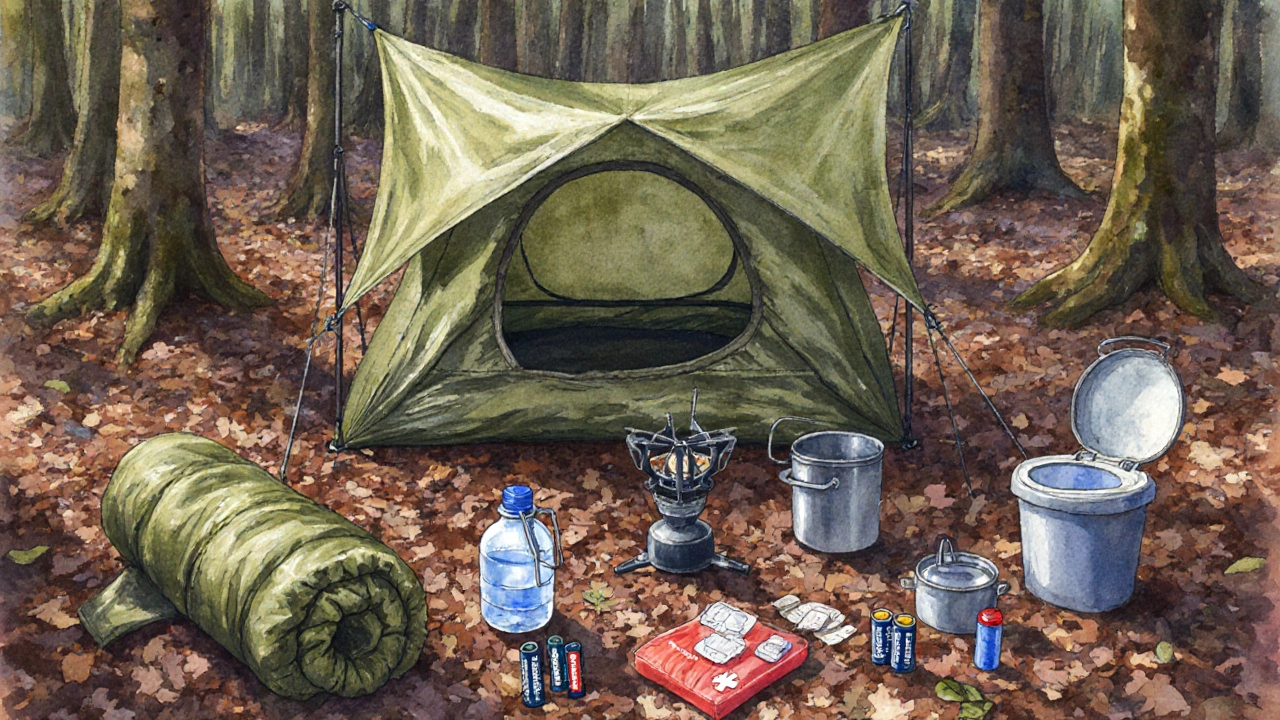
Pros and Cons of Primitive Camping
Understanding the trade‑offs helps you decide whether the primitive vibe matches your skill level and vacation goals.
| Feature | Primitive | Semi‑primitive | Developed |
|---|---|---|---|
| Facilities | None (or fire ring only) | Pit toilet, water spigot | Flush toilets, showers, power |
| Cost per night | Free‑to‑low | Moderate | Higher |
| Crowd level | Low - spread out | Medium | High |
| Required gear | Full kit (water filter, stove, portable toilet) | Basic kit + some utilities | Minimal unless you want comforts |
Primitive camping shines for those who crave solitude, lower costs, and a raw connection to the environment. The downside? You must be self‑sufficient, plan for water & waste, and accept that comfort is limited.
Choosing the Right Primitive Site for Your Trip
Not every primitive spot suits every camper. Use these criteria to match a site with your skill set and trip style:
- Access difficulty - Some sites are a short walk from a parking lot, while others require a 3‑mile hike. Beginners usually stick to easy‑access areas.
- Water proximity - A site within 200m of a clean stream reduces the need to carry large water loads. However, consider seasonal flow changes.
- Terrain - Rocky or heavily forested sites can make tent setup harder. Look for level ground and natural windbreaks.
- Fire rules - Some parks ban open flames even at primitive sites. If you rely on a campfire, verify the rules ahead of time.
- Regulations - Certain reserves require permits, limit stays to 48hours, or restrict group size. Check with the managing authority.
When in doubt, start with a well‑reviewed primitive site on a state park’s website. Reviews often note early‑season water quality, shade levels, and how “primitive” the amenities truly are.
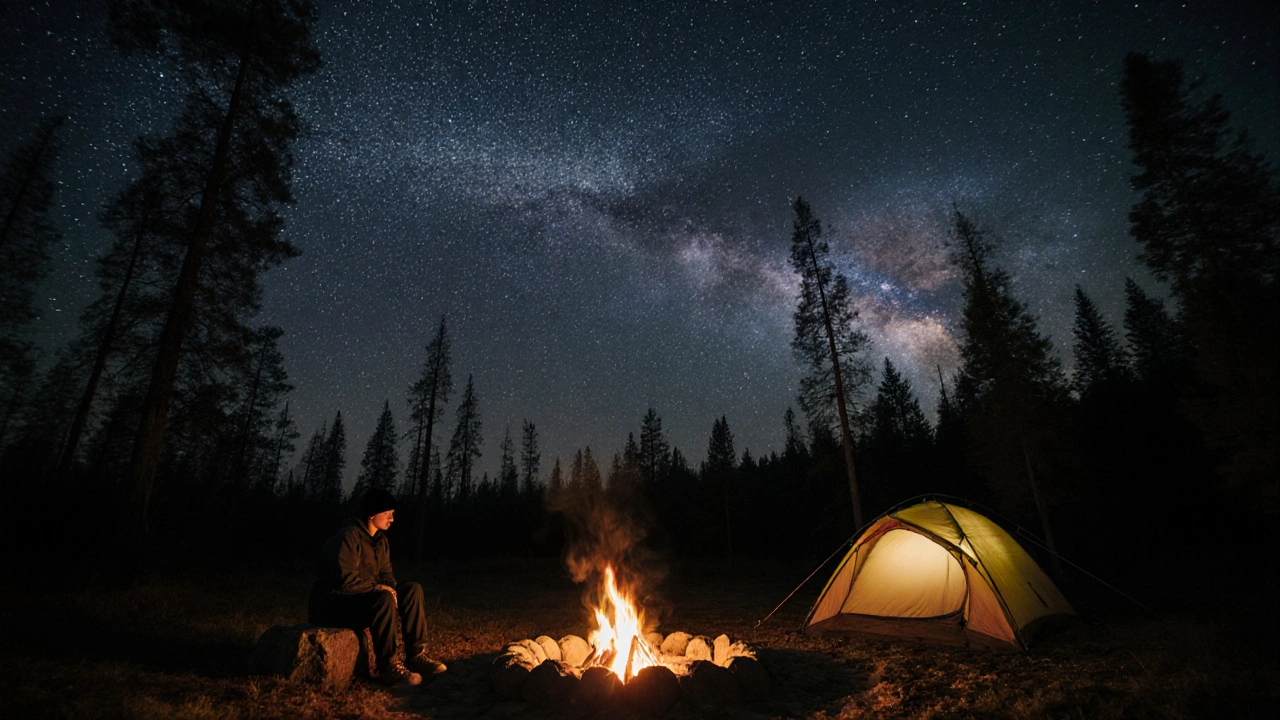
Essential Gear for Primitive Camping
Because the land gives you almost nothing, your pack becomes your lifeline. Here’s a checklist of must‑haves:
- Water filtration system - Portable filters (e.g., Sawyer or Lifestraw) or chemical tablets.
- Portable stove - Canister or alcohol stove for cooking without fire.
- Lightweight shelter - A tent, tarp, or bivy sack suitable for the climate.
- Sleeping bag - Rated for the expected nighttime temperature.
- Headlamp - With extra batteries for night navigation.
- Portable toilet - A small bucket with a sealable liner, or a cat‑hole kit if allowed.
- First aid kit - Include blister treatment, antiseptic wipes, and any personal meds.
Pack smart: keep the heaviest items close to your spine, and use compression sacks to save space. Remember, every ounce you add is something you’ll carry up a hill.
Tips to Thrive at a Primitive Campsite
Even seasoned backpackers can slip up when they first try a primitive site. These practical habits keep things smooth:
- Arrive early - Primitive spots fill quickly, especially on weekends. Getting there before noon secures a good flat area.
- Set up a rain guard - A tarp pitched over your tent’s head protects gear from unexpected showers.
- Practice low‑impact fire building - Use small kindling, keep the flame under control, and fully extinguish before sleeping.
- Follow Leave No Trace - Pack out all trash, bury human waste at least 200mm deep if no toilet is provided, and avoid trampling vegetation.
- Test water sources - Even clear streams can harbor Giardia. Filter or treat before drinking.
- Know the local wildlife - Store food in a bear‑proof container or hang it 4m off the ground in areas with bears or wild boar.
- Check weather forecasts - Primitive sites lack shelter, so a surprise storm can turn a night uncomfortable fast.
By treating primitive camping as a skill, not just an adventure, you’ll minimize surprises and maximize the peace that comes from sleeping under the stars.
Frequently Asked Questions
What does "primitive" actually mean on a campsite map?
It indicates a site with little to no built‑in amenities - usually just a level spot and possibly a fire ring. Campers must provide their own water, toilet facilities, and shelter.
Do I need a permit for primitive camping?
Many state and national parks require a free or low‑cost permit for primitive sites, especially in backcountry areas. Always check the managing agency’s website before you go.
Can I bring a generator to a primitive campsite?
Generally no. Primitive sites are intended to be low‑impact and quiet. A generator would violate the noise and environmental guidelines of most parks.
How far should I walk to find water at a primitive site?
Ideally within 200meters (650feet) so you can carry water in a daypack. If the nearest source is farther, plan to cache water or bring enough from home.
Is it safe to cook over an open fire at a primitive campsite?
Only if the park’s fire regulations allow it and you use a proper fire ring. Always keep water or a shovel nearby to extinguish the fire completely.
Armed with the right knowledge and gear, primitive camping becomes more than just “roughing it” - it turns into a rewarding way to truly experience the outdoors.
